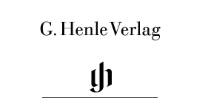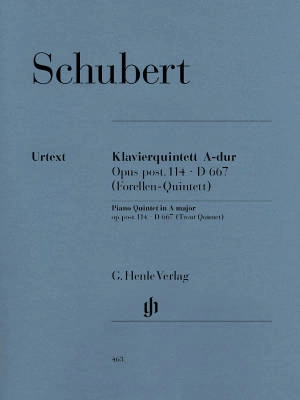Opens in a new window
G. Henle Verlag Quintet A major op. post. 114 D 667 (Trout Quintet) - Schubert/Haug-Freienstein/Schilde - Piano /Violin /Viola /Violoncello /Double Bass - Parts Set
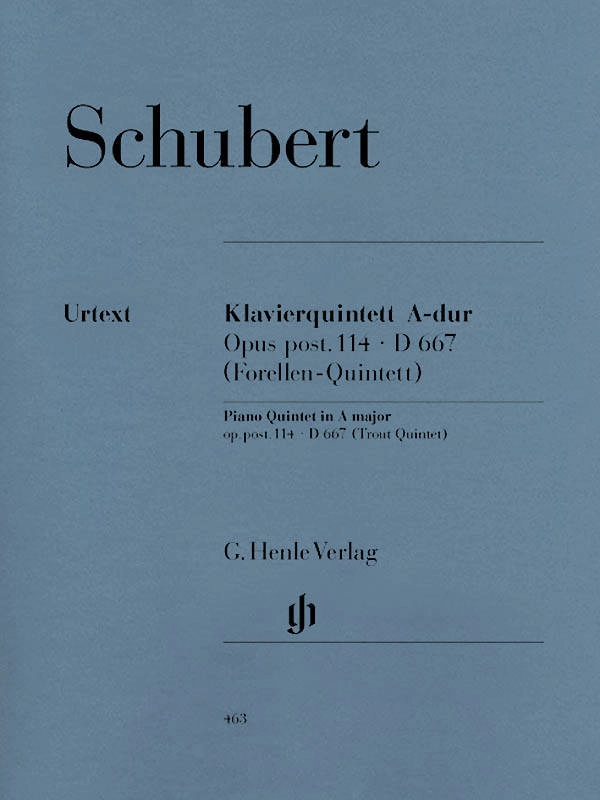
Additional Photos:
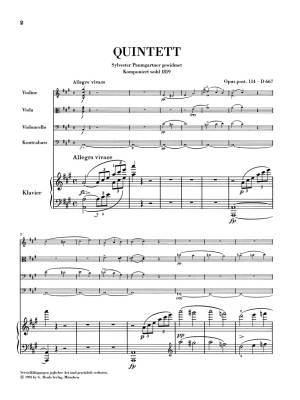
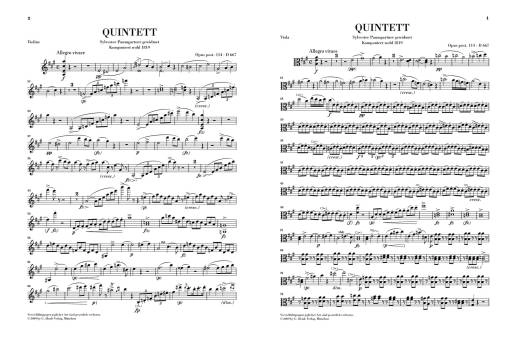
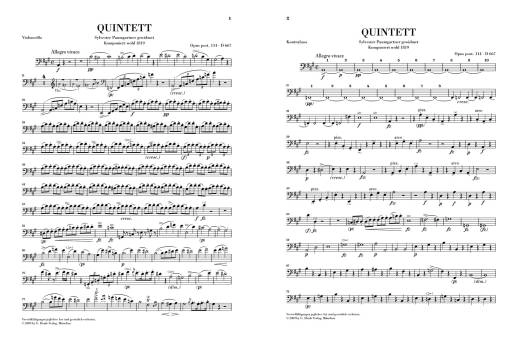
- Composer/Author: SCHUBERT, FRANZ
- Instrumentation: PIANO QUINTET
- Model # 51480463
Editor: Wiltrud Haug-Freienstein
Fingering: Klaus Schilde
Format: Parts Set
Instrumentation: Piano Quintet (Piano, Violin, Viola, Cello, Bass)
Franz Schubert transformed five song melodies from his rich output of Lieder into instrumental music. The song "The Trout" from 1817 served as a theme for the variations in his Quintet D. 667 for piano, violin, viola, violoncello and double bass, one of chamber music's most popular works. The piece's sunny mood - it sounds much more cheerful than Schubert's other chamber music - comes across like an echo of the felicitous summer months of 1819. The then twenty-two-year-old Schubert passed these in convivial company at Steyr in Upper Austria, and subsequently set to work composing.
The present Urtext edition largely follows the Viennese first edition, which likely reproduces the original version of the now lost autograph. In addition, it takes into account the only manuscript source of this work, a copy by Schubert's friend Albert Stadler. Musicians everywhere will appreciate the optimally-placed page turns in the individual parts!
Q & A
There are currently no questions for this product.
Reviews
There are currently no reviews for this product. Be the first to write one!

